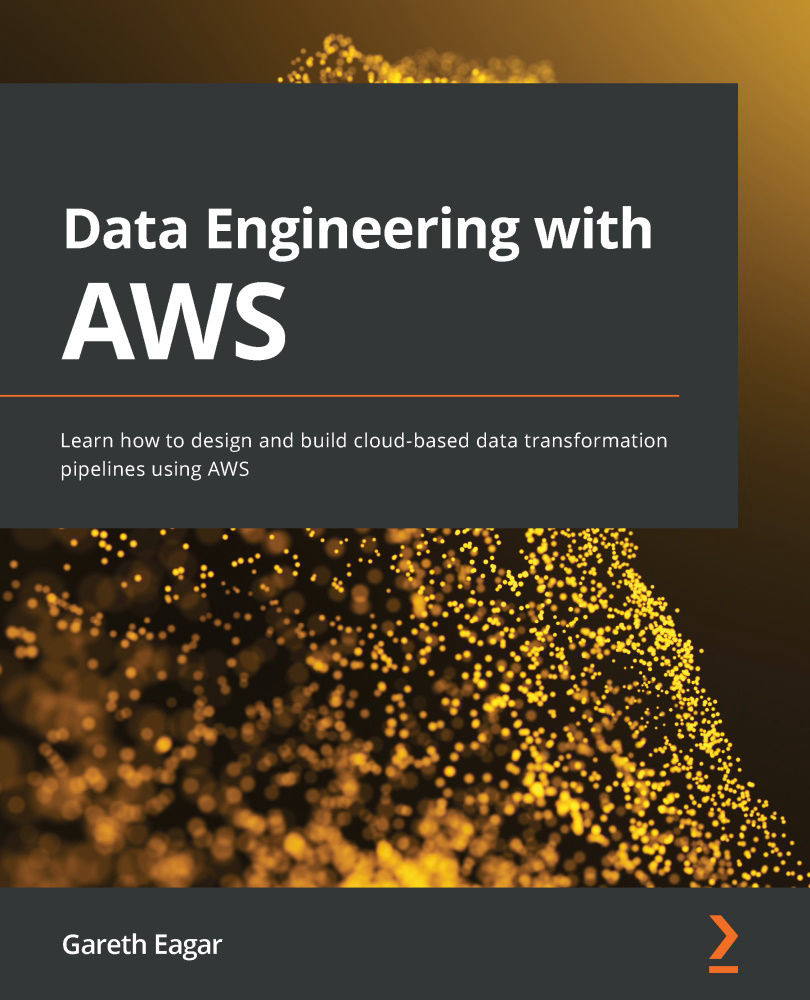-
Book Overview & Buying

-
Table Of Contents

Data Engineering with AWS
By :

Data Engineering with AWS
By:
Overview of this book
Written by a Senior Data Architect with over twenty-five years of experience in the business, Data Engineering for AWS is a book whose sole aim is to make you proficient in using the AWS ecosystem. Using a thorough and hands-on approach to data, this book will give aspiring and new data engineers a solid theoretical and practical foundation to succeed with AWS.
As you progress, you’ll be taken through the services and the skills you need to architect and implement data pipelines on AWS. You'll begin by reviewing important data engineering concepts and some of the core AWS services that form a part of the data engineer's toolkit. You'll then architect a data pipeline, review raw data sources, transform the data, and learn how the transformed data is used by various data consumers. You’ll also learn about populating data marts and data warehouses along with how a data lakehouse fits into the picture. Later, you'll be introduced to AWS tools for analyzing data, including those for ad-hoc SQL queries and creating visualizations. In the final chapters, you'll understand how the power of machine learning and artificial intelligence can be used to draw new insights from data.
By the end of this AWS book, you'll be able to carry out data engineering tasks and implement a data pipeline on AWS independently.
Table of Contents (19 chapters)
Preface
Section 1: AWS Data Engineering Concepts and Trends
 Free Chapter
Free Chapter
Chapter 1: An Introduction to Data Engineering
Chapter 2: Data Management Architectures for Analytics
Chapter 3: The AWS Data Engineer's Toolkit
Chapter 4: Data Cataloging, Security, and Governance
Section 2: Architecting and Implementing Data Lakes and Data Lake Houses
Chapter 5: Architecting Data Engineering Pipelines
Chapter 6: Ingesting Batch and Streaming Data
Chapter 7: Transforming Data to Optimize for Analytics
Chapter 8: Identifying and Enabling Data Consumers
Chapter 9: Loading Data into a Data Mart
Chapter 10: Orchestrating the Data Pipeline
Section 3: The Bigger Picture: Data Analytics, Data Visualization, and Machine Learning
Chapter 11: Ad Hoc Queries with Amazon Athena
Chapter 12: Visualizing Data with Amazon QuickSight
Chapter 13: Enabling Artificial Intelligence and Machine Learning
Chapter 14: Wrapping Up the First Part of Your Learning Journey
Other Books You May Enjoy
